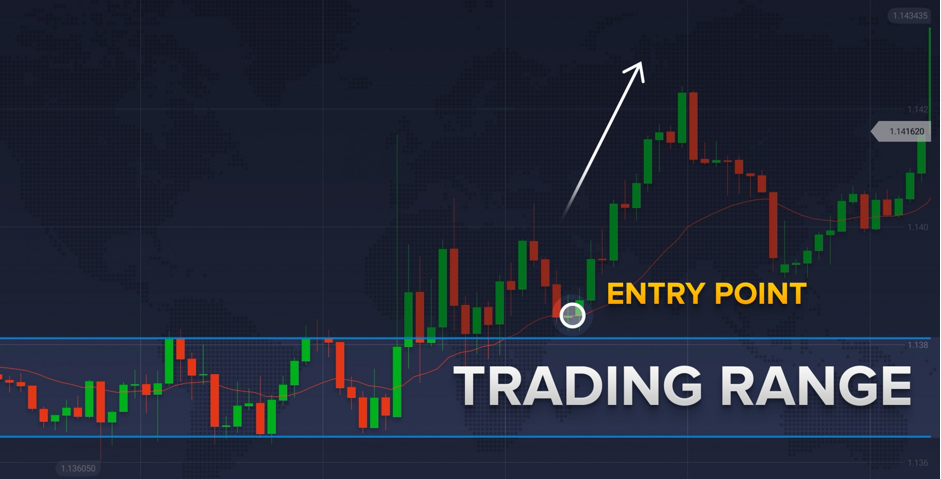
In this article we will see in details a trading strategy which everyone can apply. What is even better, it is able to work on any asset and any time interval. Sounds amazing, right? Learn more about the various factors of the Bladerunner strategy and how to use it in trading.
The strategy is named as the Bladerunner since it cuts the price action in two as a blade. In order to use this strategy, you will not need any off-graph indicators (indicators which are placed lower than the price graph) such as MACD, Awesome Oscillator or Stochastic. There is just one indicator which is absolutely necessary when you trade with the Bladerunner strategy, and this is a 20-period EMA (exponential moving average).
Support and resistance levels as well play a significant role when you apply Bladerunner strategy. Keep in mind that the Bladerunner, like most other strategies, has to be configured to the time of the day you trade.
The idea of the strategy is pretty simple. When the price is higher than the EMA and retests it, the continuation of the positive movement may be awaited. When the price is lower than the EMA and remains below, it may be expected to continue its negative movement. If the price goes through the EMA and the candle closes on the other side of the curve, the trend reversal might be awaited. After all, the EMA serves as a moving support/resistance level.
For the purpose of making an entry, the trader firstly has to be sure that the price has left the set range, in which the asset was traded for a significant period of time. Then the price as well has to retest the EMA successfully: not only the candle has to close higher/lower than the EMA, but also the price should bounce off the this line and continue moving in the same direction in order to consider a signal as an approved signal.

It might as well be a good idea to consider applying a stop-loss order when you use the Bladerunner strategy. Therefore, you will be able to control the risk when the signal, received from the trading system, appears to be false. Other indicators, although not necessary, may be added to the trading system for the purpose of lowering the amount of false signals.

This is an example of how to apply this strategy in practice. Once you determined an asset which is traded in a specific range, you might apply a 20-period EMA to the price graph. Afterwards wait for the price action to leave this range. If the asset price is out of range and retests it, you may think about opening a buy position (long) in case of a bullish trend and a sell position (short) in case of a bearish trend. And this is how you trade the Bladerunner strategy.
Please keep in mind that any strategy cannot guarantee 100% of winning trades. All strategies are able to work under particular circumstances but will sooner or later fall when market conditions change.
Leave a Reply